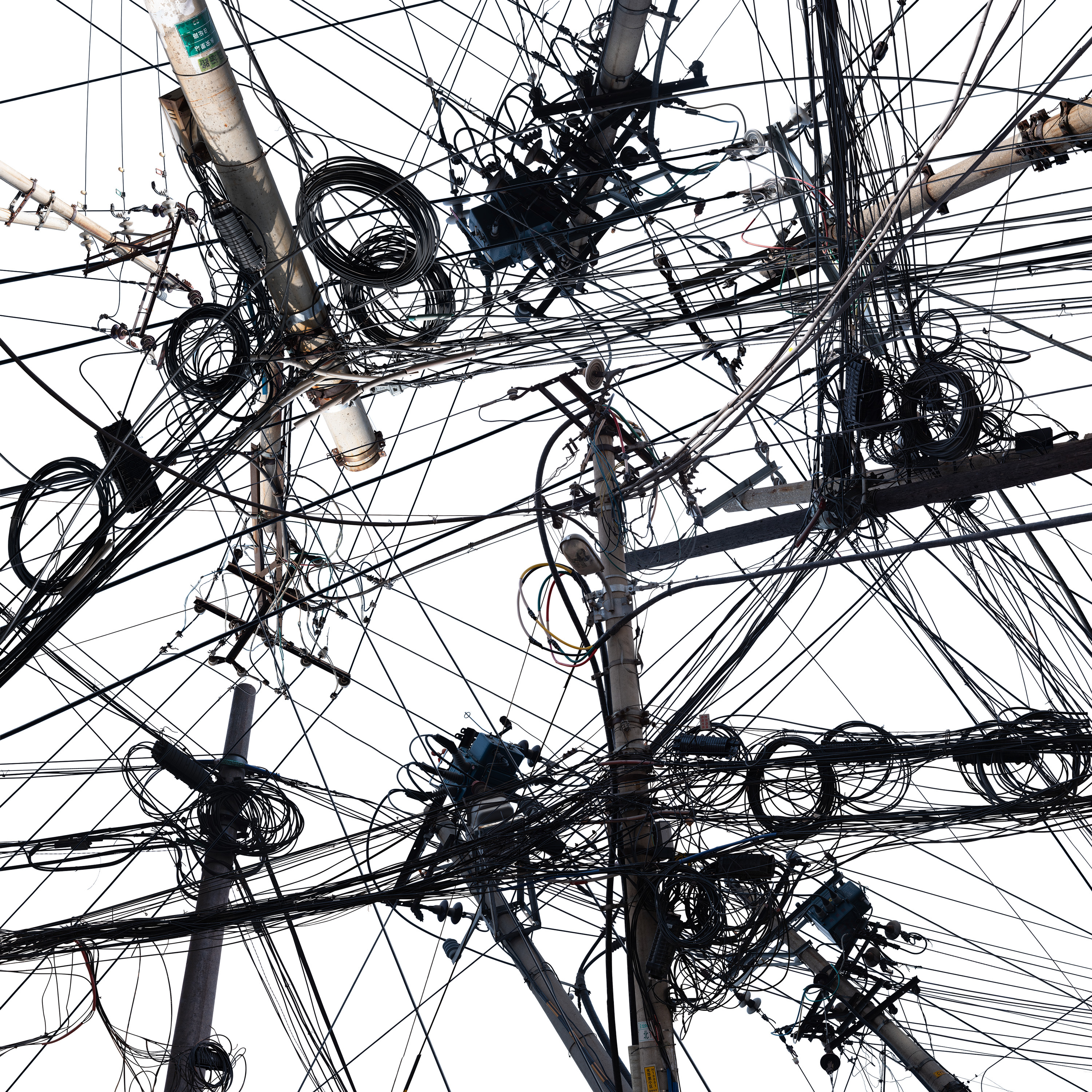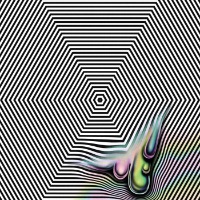- Digital
Stranger in the Night
Musik der Zeit
FormResonance
- Cat No: FR035
- Release: 2023-06-01
- updated:
Track List
-
1. Stranger in the Night - S(f)m
07:10 -
2. Stranger in the Night - Barbican, blooming (Remix)
06:17 -
3. Stranger in the Night - X 7 3 hcnYl
04:20 -
4. Stranger in the Night - Gagarinos Neue Musik
05:18 -
5. Stranger in the Night - reGular -IrregulAr
06:59 -
6. Stranger in the Night - XI polyvalent Pinks
06:55 -
7. Stranger in the Night - Change_Schichten
09:11 -
8. Stranger in the Night - Klavierstu?ck XX
08:58 -
9. Stranger in the Night - Coldwaves
07:22 -
10. Stranger in the Night - Stream of Consciousness (mixed by F Haik Schirmacher)
01:30
16bit/44.1khz [wav/flac/aiff/alac/mp3]
The experi-mental techno album Musik der Zeit (Music of the Time) by Stranger In The Night is ex-ploring these questions. It is based on the early work of the Studio für elektronische Musik des WDR (The Studio for Electronic Music of the West German Radio), which was founded in that year - the first of its kind in the world.
It was here that the first purely electronic music by composers such as Karlheinz Stock-hausen, Herbert Eimert and Gottfried Michael Koenig was created in an open-ended, pains-takingly experimental micro-editing process. The resulting ripple effect created plenty of feedback in the European avant-garde, e.g. from Luciano Berio or Pierre Boulez, but no one was yet dancing to the sounds that would later (in a modified form) lay the foundation for EBM, ambient or techno.
Since there were hardly any electronic instruments in 1951, and the uber organised seri-ality' in music that most composers of the time were striving for, was not even possible with them, the entire studio was used as a sound synthesiser. In order for this to work, these tech affine artists used machines or instruments originally built for the mainte-nance of radio signals (!), namely sine wave, and later also noise and pulse wave genera-tors, supported by filters, ring modulators, reverb/ hall and above all, tape machines.
With Musik der Zeit, Stranger In The Night has put the ideas, methods and techniques of the very earliest days of radical electronic music into a techno context. The album re-turns to the past to explore future manifestations of electronic (dance) music, where not instruments and their specific sound characteristics (303, 909, ARP Odyssey, Korg MS-20, etc.) determine the results, but ideas. Stockhausen summed it up as confidently as ever in his British Lectures: "New methods change the experience".
80% of the sounds used on the album originate from the above-mentioned sound generators, including the drums, (the remaining 20ish% are samples) and were then manipulated in a contemporary DAW context. Serial composition techniques based on number matrices were ap-plied to the sequence of single notes and patterns as well as to the design of arrange-ments. Of course, aleatoric techniques, which were undesirable at the time, and repeti-tion, which is not only unavoidable in techno but its very foundation, have also left their mark on the tracks in spite of the rigorous serial methods used. It was less a matter of rebuilding than of re-experimenting something that, at the same time, extremely broadened the sound horizon. The individual tracks are therefore not so much separate units, but rather different plateaus of a unified album concept which can better be heard in the album mix which is released in parallel. It is here, that the deadening stillness of the universe can be perceived, which eats up any sequenced patterns in a ritual dance recorded on tape long since decayed.
It was here that the first purely electronic music by composers such as Karlheinz Stock-hausen, Herbert Eimert and Gottfried Michael Koenig was created in an open-ended, pains-takingly experimental micro-editing process. The resulting ripple effect created plenty of feedback in the European avant-garde, e.g. from Luciano Berio or Pierre Boulez, but no one was yet dancing to the sounds that would later (in a modified form) lay the foundation for EBM, ambient or techno.
Since there were hardly any electronic instruments in 1951, and the uber organised seri-ality' in music that most composers of the time were striving for, was not even possible with them, the entire studio was used as a sound synthesiser. In order for this to work, these tech affine artists used machines or instruments originally built for the mainte-nance of radio signals (!), namely sine wave, and later also noise and pulse wave genera-tors, supported by filters, ring modulators, reverb/ hall and above all, tape machines.
With Musik der Zeit, Stranger In The Night has put the ideas, methods and techniques of the very earliest days of radical electronic music into a techno context. The album re-turns to the past to explore future manifestations of electronic (dance) music, where not instruments and their specific sound characteristics (303, 909, ARP Odyssey, Korg MS-20, etc.) determine the results, but ideas. Stockhausen summed it up as confidently as ever in his British Lectures: "New methods change the experience".
80% of the sounds used on the album originate from the above-mentioned sound generators, including the drums, (the remaining 20ish% are samples) and were then manipulated in a contemporary DAW context. Serial composition techniques based on number matrices were ap-plied to the sequence of single notes and patterns as well as to the design of arrange-ments. Of course, aleatoric techniques, which were undesirable at the time, and repeti-tion, which is not only unavoidable in techno but its very foundation, have also left their mark on the tracks in spite of the rigorous serial methods used. It was less a matter of rebuilding than of re-experimenting something that, at the same time, extremely broadened the sound horizon. The individual tracks are therefore not so much separate units, but rather different plateaus of a unified album concept which can better be heard in the album mix which is released in parallel. It is here, that the deadening stillness of the universe can be perceived, which eats up any sequenced patterns in a ritual dance recorded on tape long since decayed.



